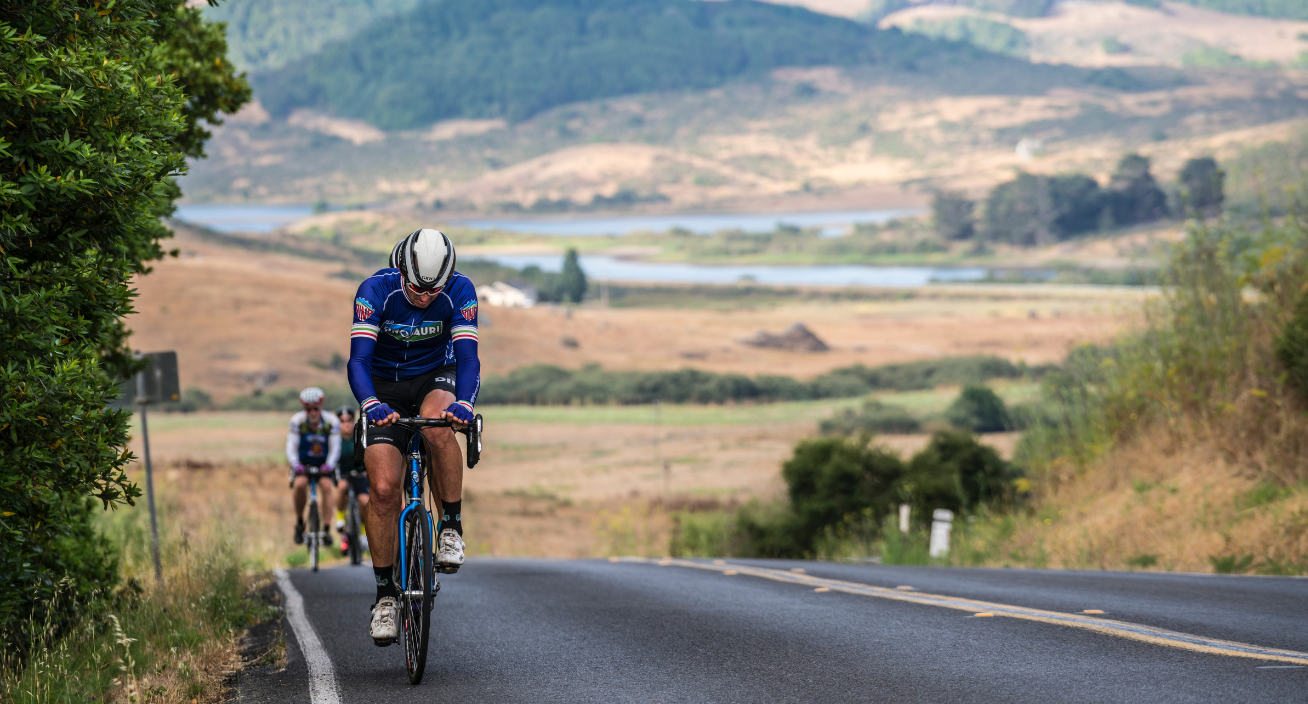How to Prepare for A European Cycling Challenge
Cycling challenges are a fantastic way to experience the beautiful sights of Europe, push yourself outside of your comfort zone as well as raising money for a cause that you’re passionate about. If you have decided to take on a once in a challenge lifetime – and have signed up to a European cycling challenge, then it’s time to get Cycle-Fit! Here’s how you should prepare for a cycle across Europe!
Firstly - Can I take part in a European Cycle Challenge?
Yes! People from all walks of life take on our European cycling challenges – they are designed for people of a variety of fitness levels and suitable for anyone over 18 (14-17 year olds must be accompanied by an adult). But you must be prepared to train and put in the right preparation beforehand. Whether you take part as an individual, or a team, you will be joined by likeminded individuals – all with a great sense of adventure!
When should I start training?
Your training should start several months before the challenge – make sure that you consult your Doctor before starting any training programme. If you are a complete beginner then you should start training at least 4 months before your challenge, gradually building up the time spent on your bike and the amount of miles you cycle per ride.
Will I have to train alone?
There are a number of different ways to train – and it should be enjoyable! We encourage you to train with friends, other challenge participants or join your local cycling club (find your local club HERE). Or if you prefer to train alone – then that’s absolutely fine too!
How can I fit training into my day to day life?
Fitting your training into everyday life can be a struggle! But with a bit of forward planning and dedication, it’s definitely achievable. Here are a few tips to help you stick to your training schedule;
- Plan your week in advance, to make sure you know when you can fit in your training.
- Wake up an hour early to get in a quick cycle before work.
- If you can cycle to work – do it! If you can’t cycle the whole way, then cycle part of the way and then get a bus in.
- Do the school run on a bike.
- Get your friends and family involved on long weekend rides – keep your training fun!
- Use your lunch hour to get a quick power walk or cycle in.
- Go to your local gym or ‘spin’ class when you can.
- Don’t beat yourself up if you miss a training session – just make sure you don’t miss two consecutive days.
What is cadence?
Cadence is the speed at which your legs rotate (Revolutions Per Minute - of one leg). You should try to keep a steady RPM during your bike ride – about 70-80 for beginners and 80-90 for intermediate/advanced. This will increase your aerobic capacity and help you to become cycle fit!
How can I keep motivated during my training?
We have broken down our training schedule into 4 week blocks to make it easier to maintain focus and motivation. Try to set yourself a goal at the end of each 4-week training block – such as participating in an organised event, taking on your first 50 miles ride or your first ride with your local cycling club.
How should I fuel my training?
Fuelling your body for training is so important – you won’t get through a long-distance cycle without giving your body the energy it needs. Before a long ride you should always make sure you eat breakfast – containing mainly carbohydrates and some protein, such as porridge. During your ride, eat small amounts often (energy gels, drinks or bars) and then make sure you refuel once you have finished your ride. Avoid eating anything new on an event or during your challenge – you want to make sure you have tried and tested it in training, to make sure your body agrees with it!
How often should I cycle?
You should aim to cycle at least 3 times a week, building up the distance you cycle each week – with longer rides at the weekend. You should also include some gym sessions / resistance training into your weekly schedule, in order to increase the strength endurance of your muscles.
If you are a beginner, then your weekly training plan might start off looking similar to this, until you feel ready to move on to the intermediate schedule.


Do’s and Don’ts
- Make sure you ride safe! Wear a Hi-Viz and helmet, cycle in single file and respect other road users.
- The best exercise to prepare for a multi day cycle challenge is to get out on your bike and cycle! But also add in some strength training in order to improve the endurance of your muscles.
- Don’t do too much too soon – increase your distance gradually in order to reduce the risk of injury and to ensure that you don’t become too fatigued!
- Always warm up and cool down after exercise – include a good stretch after your ride!
- Keep a note of the distances you are covering, in order to monitor your improvement!
- Listen to your body – if you’re too tired, do less. If you’re feeling strong, do more. These schedules are just plans, and can be changed to suit you.
- Wear padded cycling shorts.
- Get advice from a gym instructor when using equipment at the gym.
And most importantly – make sure you enjoy it! Remember why you are doing what you’re doing, whether it be to raise money for a charity close to your heart or to push yourself outside your comfort zone and achieve something incredible!
Discover your next European cycling adventure here!








